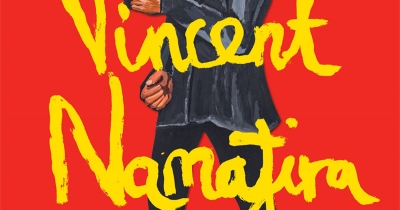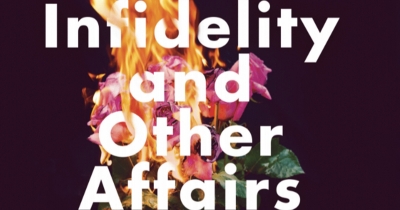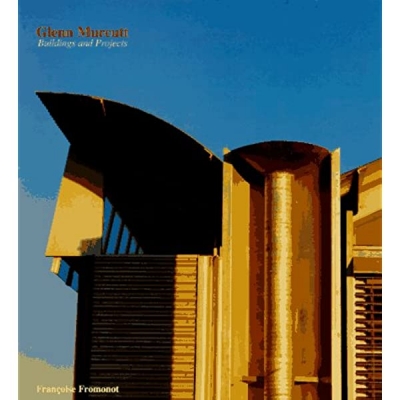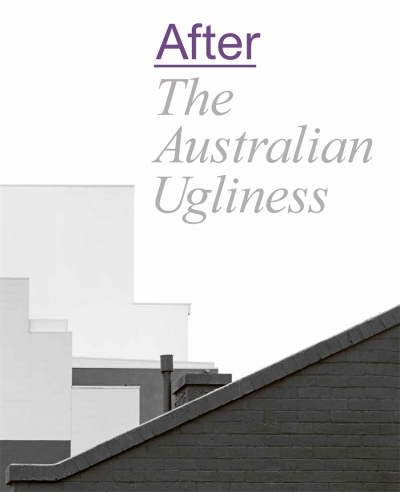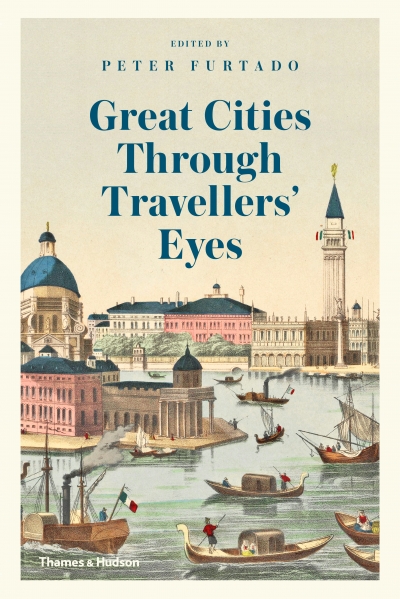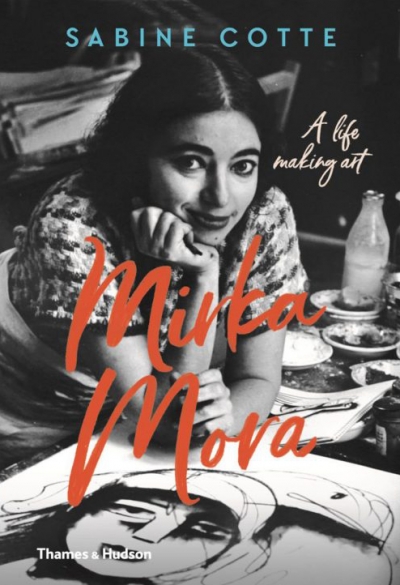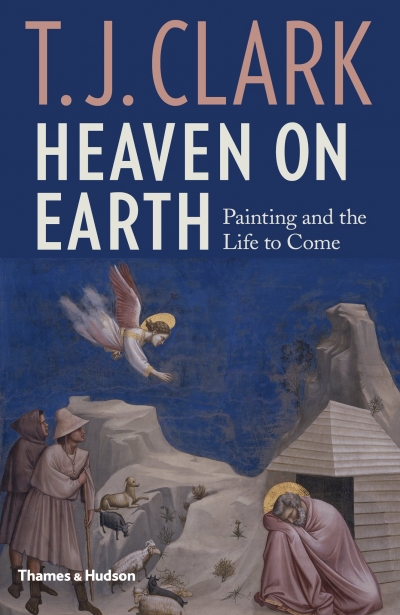Thames & Hudson
Black Duck: A year at Yumburra by Bruce Pascoe with Lyn Harwood
by Seumas Spark •
2022: Reckoning with power and privilege edited by Michael Hopkin
by Joel Deane •
Glenn Murcutt: Buildings + projects 1962-2003 by Françoise Fromonot, translated by Charlotte Ellis
by Dimity Reed •
The Mysteries of Cinema: Movies and imagination by Peter Conrad
by James Antoniou •
After The Australian Ugliness edited by Naomi Stead, Tom Lee, Ewan McEoin, and Megan Patty
by Jim Davidson •


